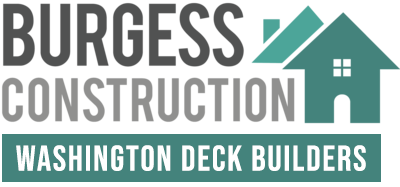All decking comes with some disadvantages and composite decking is no different. While they might have fewer downsides than wood decks, composite still has a few things you’ll need to be aware of before you buy the materials.
Because Trex decking is one of the most popular composite decking materials, we’ll break Trex deck problems down, but also the most common composite decking problems so you’ll find out what no one is really talking about.
Without further ado, let’s begin!
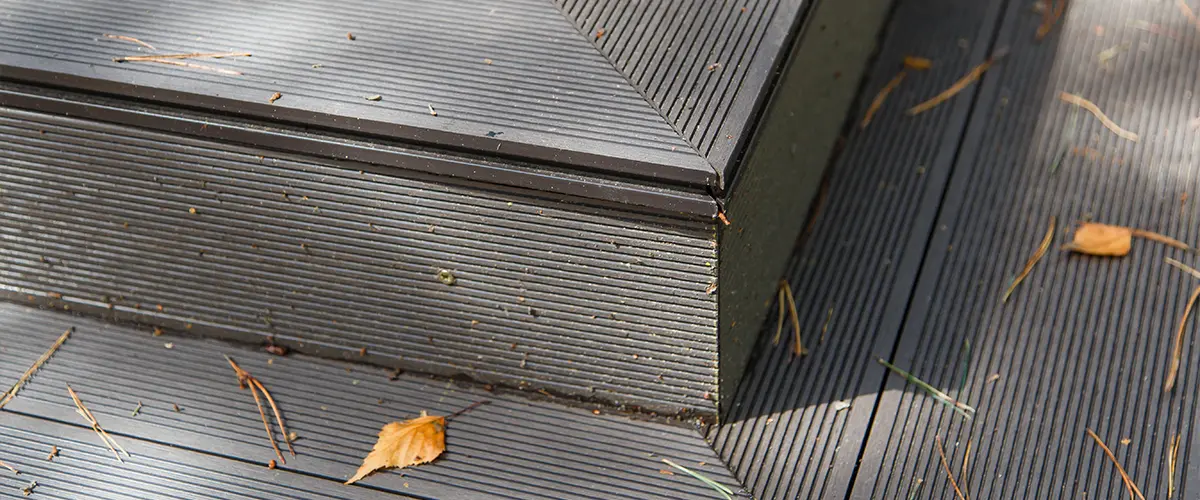
1. Composite Decking Boards Can't Be Refinished
Yes, composite deck boards are one of the most durable materials on the market. It is strong and it is resistant to scratches, splits, cracks, and weathering. But this is not about quality.
This is more about style and looks. If you pick your composite decking in a rush and after a couple of years you’re not 100% happy with how it looks, what then? You can’t sand the material down and seal it to change its color. And you can’t stain it either.
This is mostly because of the composite boards’ pattern and embossing, but also because of the capping. Sanding the cap means you’ll get rid of the cover, diminishing the board’s resistance and durability.
So, be very careful when choosing your composite decking. Choose different Trex samples, put them in contrast with your house, talk with your deck builder about them, and make sure you’re choosing one that really fits you.
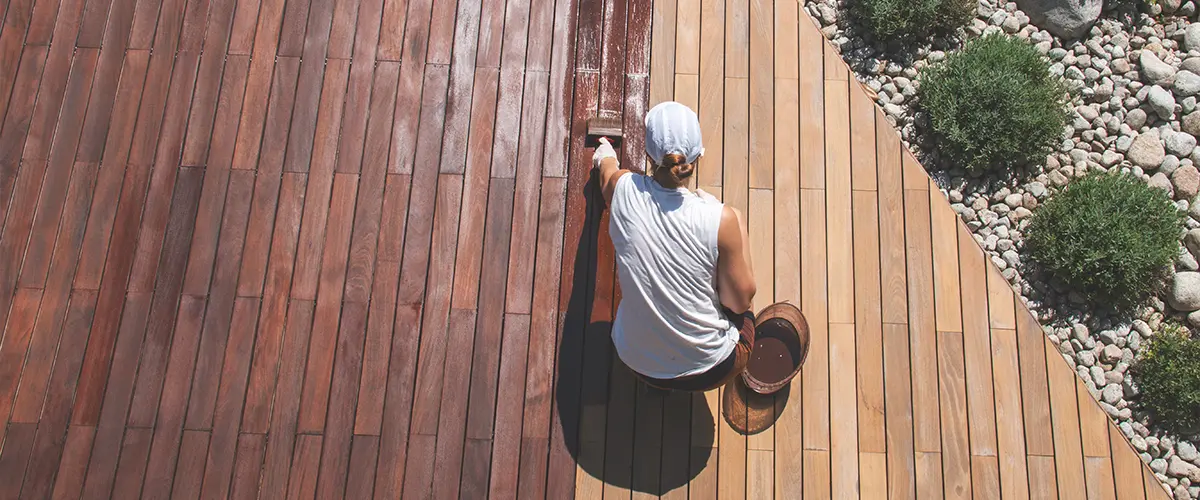
2. Trex Composite Decking Is More Expensive
Trex composite decking is more expensive upfront than most wood decking materials. However, most composite decks will pay for themselves when compared to wood decks, where the maintenance costs will pile up.
On a pressure-treated or cedar wood deck, you’ll spend around $2k every two to three years for repairs and maintenance (pressure washing, sanding, and sealing).
On the other side, Trex decking won’t need any maintenance, and a pressure wash once a year will be enough to keep it in great shape.
Note that TimberTech decking is actually a tad more expensive than Trex, but it does come with a better warranty and a slightly higher quality because of the polymer cap most TimberTech decking boards have.
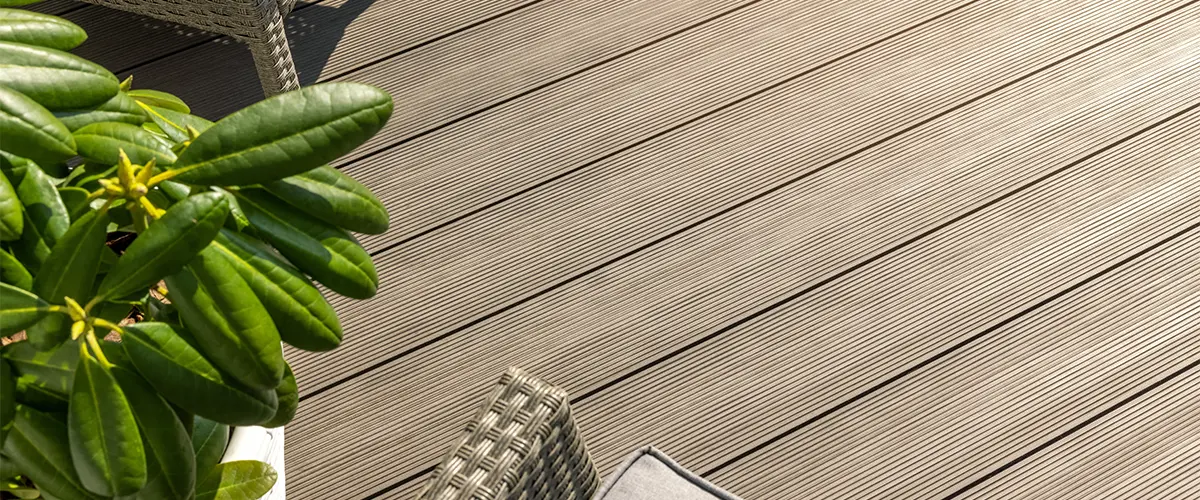
3. Trex Capping Method
Since we mentioned the polymer cap TimberTech uses, let’s talk about the capping method Trex uses.
First of all, Trex covers only the top side of their boards with a cover that’s actually made from the same material as the core of the board. That would be around 95% recycled plastic and wood fibers. This is good as well, as it offers protection to the most scratch-susceptible surface, but it offers less protection against weathering, as the sides remain open.
TimberTech AZEK and PRO boards are covered on all sides (even the groove) with a polymer cap that acts as a protective shield against all kinds of damage.
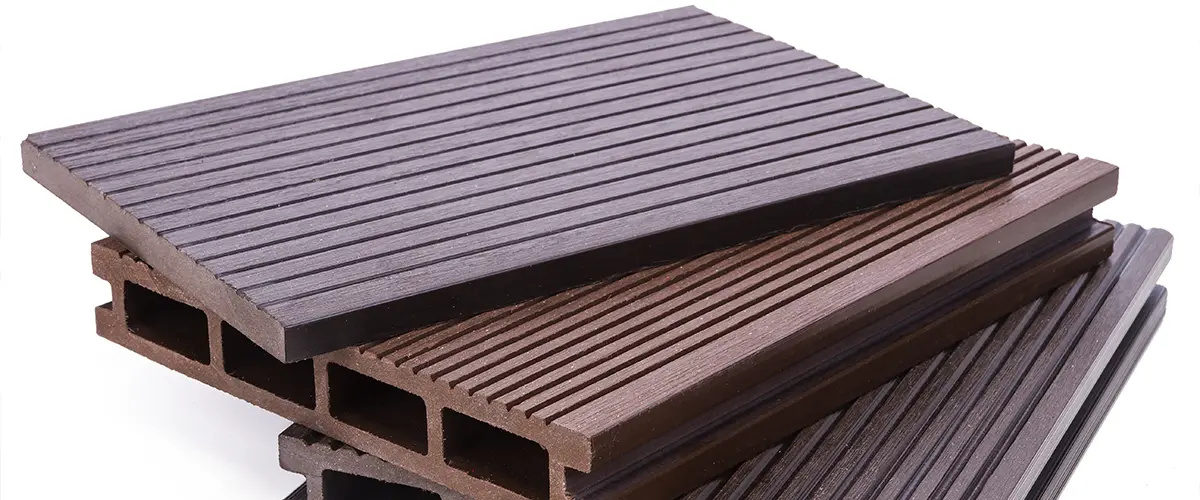
4. Trex Warranty vs TimberTech Warranty
What tips the balance for many of our customers is the different warranties that they get from both Trex and TimberTech.
While both of these composite decking companies offer a 25-year standard warranty, TimberTech goes the extra mile and offers a 30-year warranty against fading and staining for their composite board.
In addition to this, they offer you the chance to get a lifetime warranty or a 50-year warranty as well!
And it’s not over!
TimberTech warranty coverage is more advantageous than Trex warranty! You’ll actually get more money back with TimberTech than with Trex, simply because their rates are more spread out and advantageous to you, the homeowner.
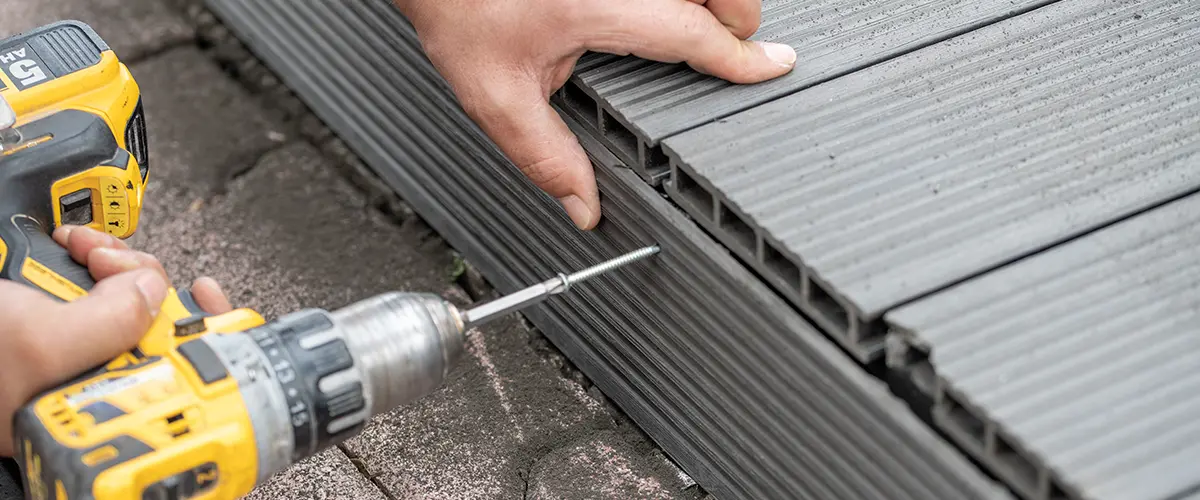
5. Shoveling Snow On Composite
Well, shoveling snow or moving heavy furniture is a problem on any deck, but on composite decks, this is more permanent damage. Remember, you can’t sand the decking boards and reseal them.
When shoveling snow, there are high chances that you’ll hit one of the grooves and damage the board. The worst part about it is that if it happens, there’s not much you can do.
To avoid this as much as possible, be extra careful when cleaning the deck from snow. Use a broom when you reach the composite surface, and when shoveling, make sure you shovel in the direction of the grooves.
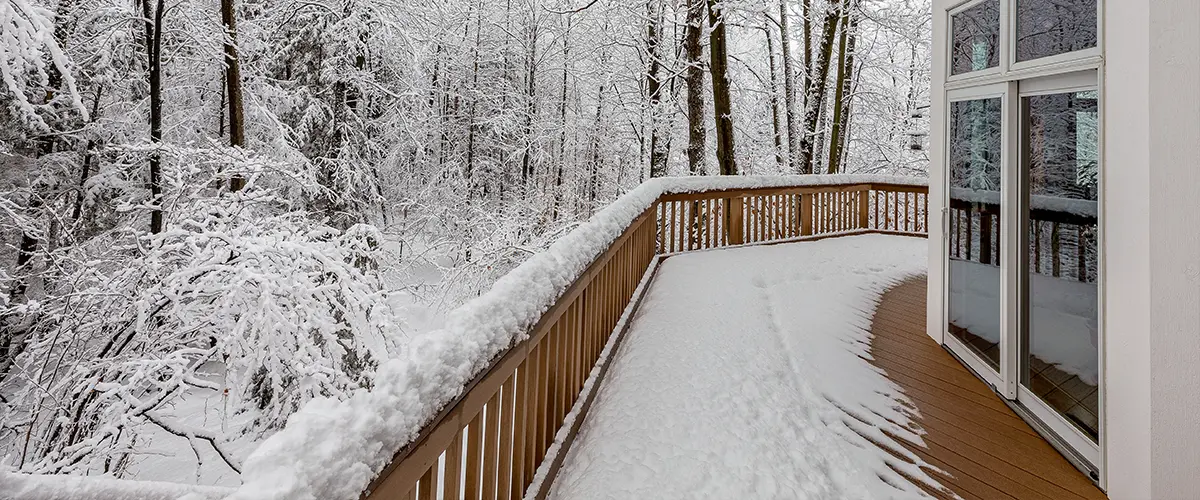
6. Composite Can Still Develop Mold!
Although composite decking is promoted as being waterproof, this doesn’t mean that a deck board can’t grow mold.
The textured surface of the cutting board and the grooves on the end caps make it easy for water to get trapped there. The stagnant water then contributes to mold growth.
Although composite material is “low care”, if you live in a humid or wet climate, it’s likely that you’ll find yourself having to clean your deck more often to prevent the growth of mold, moss, algae, or fungus.
Of course, there are some extra steps if you want to improve your composite’s resistance to water even higher. A composite water sealer will work great, and you’ll find these in most home improvement stores.
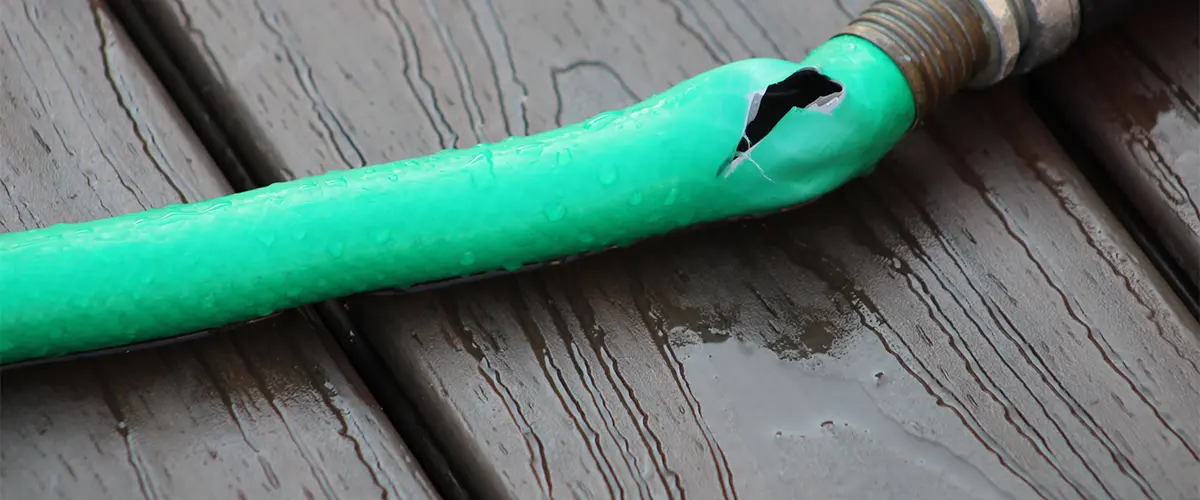
7. Composite Characteristics Limit Versatility
There are several other reasons why composite decking may not be the best option for you, and these characteristics are inherent to the material.
One hazard of composite decking is that it can be very slippery when wet. This is because plastic is naturally oil-based, which causes water to sit on its surface rather than being absorbed like wood.
Despite having texture, composite material does little to provide solid footing around pools or swimming docks, but then again, so does sealed wood.
Many say that composite decking isn’t as strong structurally as it’s being marketed, which is shown by the fact that smaller joist spacing is needed for its construction.
A hardwood deck can be built with joists spaced 16 feet apart, but most composite decks require joists 12 feet or less apart to avoid sagging.
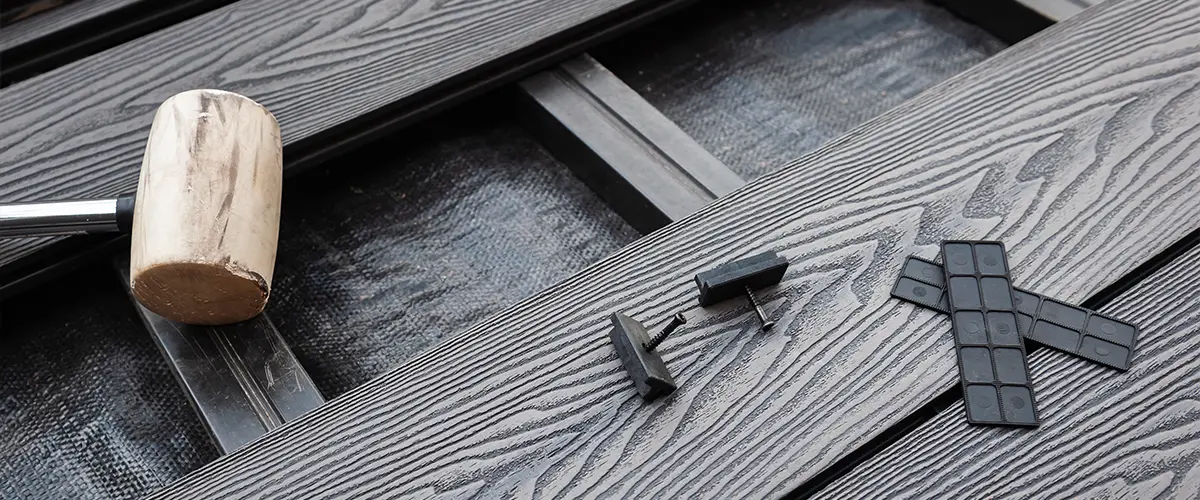
Conclusion
So, Trex decking problems are actually common in all composite decking. While there are several ways to limit these (like anti-slip boards, extra water sealants, and an advantageous warranty), composite can still show some disadvantages.
When you compare these to all the downsides of wooden decks, you realize that no decking material is perfect, and you’ll still have to deal with some frustrations at some point.
At Burgess Construction, we’re letting you know about all of these in advance, before you even buy your decking materials. As a trusted deck builder in Snohomish, WA, we’re transparent about prices, materials, and all the downsides you’ll have to face with any particular material, so you’ll be 100% in the know.
We offer professional deck building services in Snohomish, Bothell, North Creek, Woodinville, and more of WA. If you’re ready to get a premium deck building service, give us a call today at (425) 791-5281 or request your free quote!
